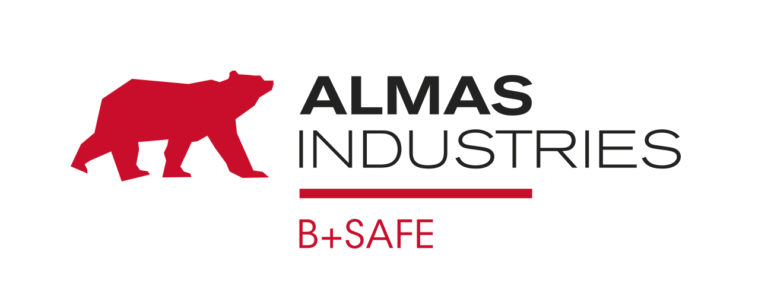The number of industries dedicated to the production of pork products in municipalities with less than 5,000 inhabitants of Galicia has increased by 12.73% in ten years, going from 55 industries in 2008 to 62 in 2018, according to the data made by the Interprofesional del Porcino de Capa Blanca (INTERPORC). This link between the pig industry and rural areas is added to the 631 farms -of the 1,448 in the region- that are in municipalities with less than 5,000 inhabitants, which shows the essential nature of the pig sector and its direct effect on the economy of these small municipalities where the pig sector generates stable employment and contributes to avoid depopulation.
In total, the number of pig industries in Galicia amounts to 183 of which 33.88% are in municipalities with less than 5,000 inhabitants, and generate a total of 2,117 direct jobs, 26.74% in these small towns
The community pig farms employ 1,671 workers, 56.64% settled in towns with fewer than 5,000 inhabitants.
The introduction of the pig sector in these municipalities is comprehensive, that is, we not only find primary production but also industrial production, which is absolutely essential for an agri-food sector to make a decisive contribution to the sustainability of the rural environment. , the white coat pig is a sector that works every day under a unique production model in the world and strives to continue advancing in the areas in which it is a benchmark: food safety, animal welfare and sustainability.
On the environmental level, the commitment of the pig sector is firm and this is demonstrated by the fact that year after year it reduces the emissions of Greenhouse Gases derived from its activity. In addition, the efforts of the sector are not limited only to the reduction in the generation of emissions, but also extend to many other fields of activity, such as the reduction of water, electricity and fuel consumption or the lower generation of non-plastics. reusable, waste or waste.
All of the environmental control and improvement measures that it has been applying in the last 30 years have contributed to the weight of pig activity over all national GHG emissions being only 1.9%.
All of the environmental control and improvement measures that it has been applying in the last 30 years have contributed to the weight of pig activity over all national GHG emissions being only 1.9%.
















